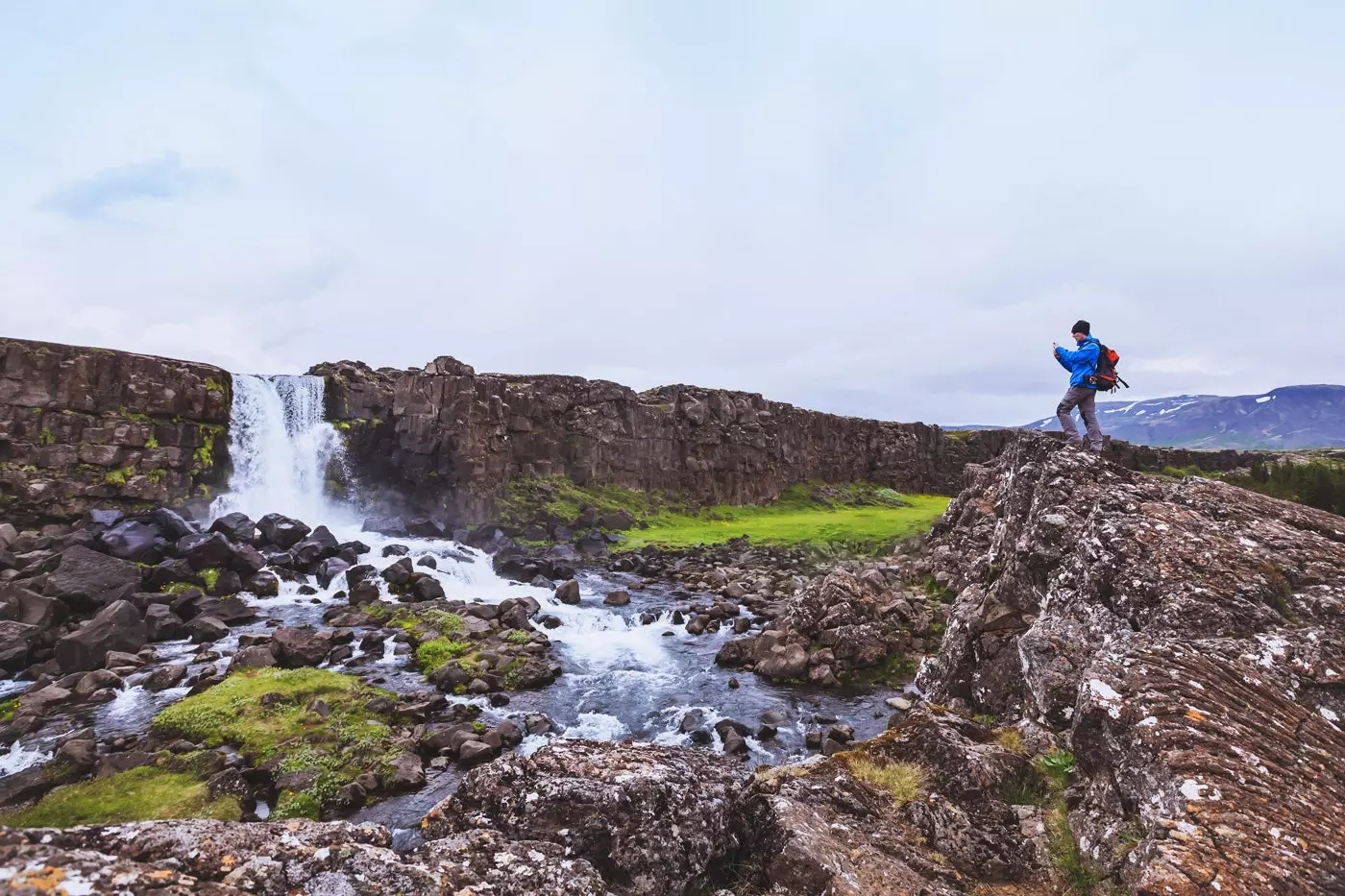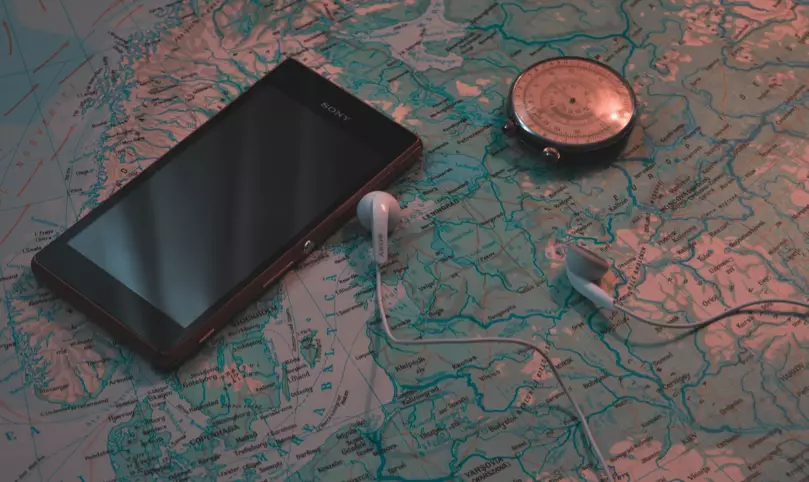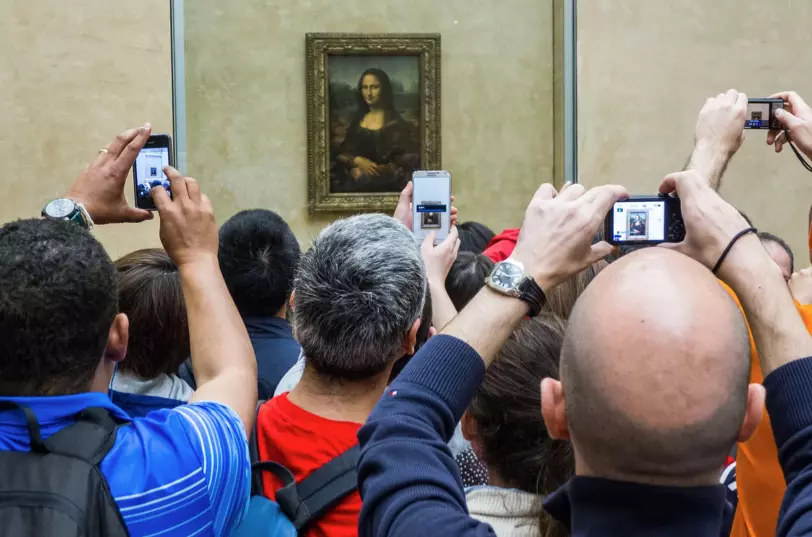
Google Trips, how does it use our data?
Many doubts when planning a trip are solved in front of the computer . Once you've purchased your tickets and booked your accommodation, it's time to decide what's most exciting (and the ultimate purpose of your trip): what to visit or do. Websites with recommendations there are many . However, after offering you services to control every detail of your mobile, manage your mail or upload videos, now Google also wants to be your private tour guide.
The company presented Google Trips a few weeks ago, an app available (in English) for both Android and iOS that will allow travelers to have at hand, even if they do not have a data or Wi-Fi connection (something ideal if traveling abroad or to a somewhat isolated site), information about your trip. It helps create offline itineraries, with visiting hours for attractions, and even has a section with the typical useful information: emergency telephone numbers, police, taxis... Not forgetting access to hotel or ticket reservations.
So, Google Trips It is more than that Moleskine in which you write down the basic data to survive on a long urban walk . If we let him, he can organize us an amazing tour and even tell us, even if we don't have an internet connection, where to spend our rooms.
The key is in the data. Once again, as if it were the recommendations of the YouTube home or Facebook ads, Google Trips will show us the options that best suit our tastes based on all the information it has about us, our searches and the platform products that we consume. A vast repertoire of data that serve to draw a disturbingly detailed profile of our lives.
In addition, with this movement, Google enters to compete in the market of other travel services that seek to help the user to easily organize their full experience . This is the case of Airbnb, which in addition to its accommodation app is testing other applications that can act as travel guides. A few months ago, the titan of the collaborative economy bought Trip4real, a Catalan startup that offered very special tourist activities organized by locals: regional cooking classes, visits to the most unknown corners...

The data or how to make maps and compasses disappear on a trip
The first data that Google Trips will take will be from your own Gmail account. The algorithm will review the emails in which there is, for example, a reservation of plane or train tickets (tickets that can also be booked through the app), to make sure that you have them at hand, leave you a notice in google-calendar or, most importantly, generate that guide of places you could visit.
In fact, before you design your first itinerary, the app will review those old hotel reservations or means of transport to know where you have been in the past, store that information and leave it available in case you want to come back one day and stay in the same hotel or rent a car from the same agency. However, if you don't like this, you can disable the option to track bookings in email.
Another way that Google will take advantage of the data is to calculate the time we need to visit an attraction , based on information about previous experiences that it has obtained from millions of Android mobile users. With the time data needed to travel two points and that already applies to Google Maps , you can build itineraries of what to do in a day, for example, according to the hours available.
But in addition, your particular guide will be generated with the information of other users about the destination: the searches they made, the reviews they left on Google Places... All the data that Google collects will in turn serve to increase its databases and perfect services like Google Maps.
The user's own location will also do: the geolocation, combined with the rest of the user's data, will make the app opt for one or other suggestions . The time of day and the weather will also influence this: for example, if you have it connected to Wi-Fi or data and it detects the proximity of showers, it will change its proposals and suggest indoor activities.

The mobile phone, an appendage of the traveler, and not only to take photos
However, so much use of data can also have a negative effect: if there are no positive reviews on the internet of a delicious restaurant hidden in an alley far from the tourist, a museum only suitable for the most geeks or a small craft shop local (that is, of the typical secrets that the natives pride themselves on knowing almost exclusively), Google Trips users probably won't discover them either. The same could happen with newly opened premises.
THE ALGORITHM THAT GIVES MONEY
The company itself has explained what the algorithm behind Google Trips is based on and that will allow everyone, company and users, to win. The story is no less than 280 years old: it was developed by the mathematician Leonhard Euler in 1736 to try to solve the problem of the citizens of Königsberg: to go around the city crossing the seven bridges that he had then and return to the starting point without going through any of them again. He didn't make it, but it inspired Google to design efficient routes that didn't lead to, say, a museum that was closed. In this way, at Montain View they are strongly committed to the travel sector and enter the battle for this niche of apps. And they have the biggest thing to gain: our data.
Follow @hojaderouter
Follow @josemblanco
